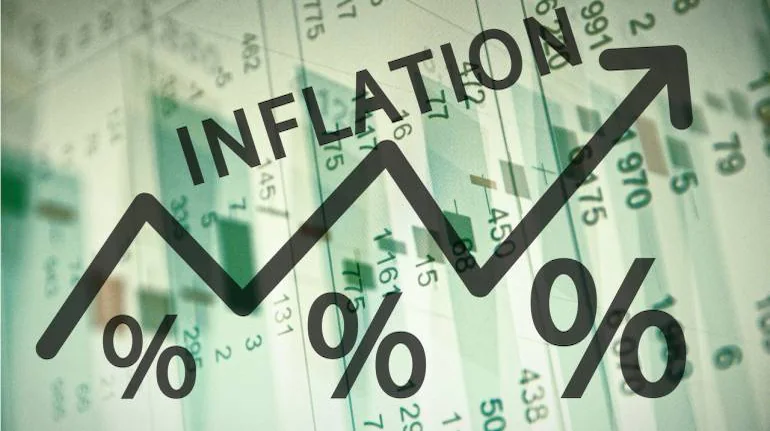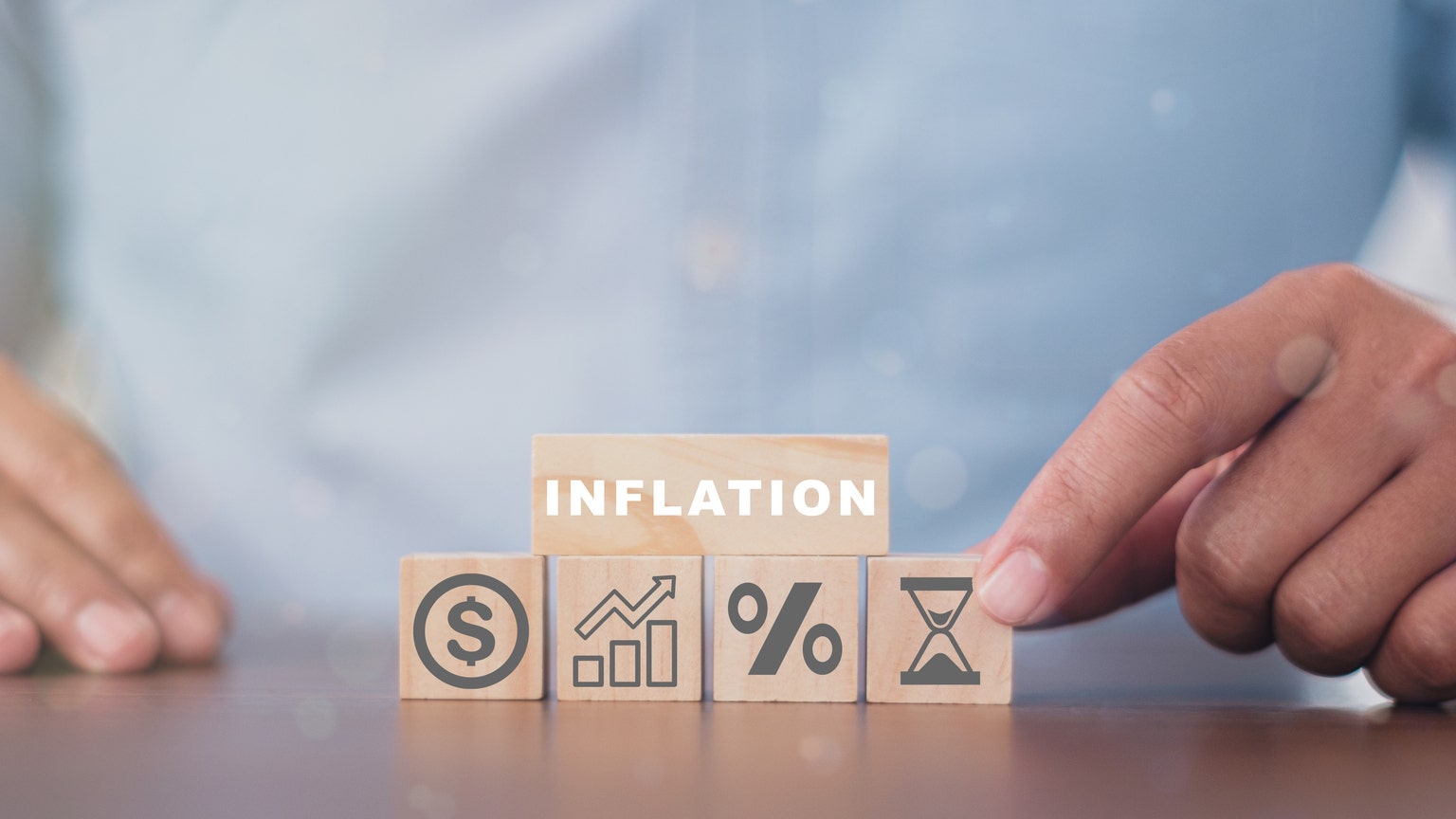Core Inflation Moderates, Yet Upside Risks Persist 2023

Core Inflation Moderates, Yet Upside Risks Persist 2023
Inflation, a central focus for both policymakers and consumers, is experiencing an interesting dynamic. Recent economic indicators reveal that core inflation rates have eased, prompting sighs of relief in some quarters.
However, experts caution that underlying risks could still fuel upward inflationary pressures.

Before moving forward, it’s essential to understand what core inflation means. Core inflation measures the long-run trend in the price level for an economy by excluding volatile items like food and energy prices.
Policymakers often prefer this metric because it offers a more stable, though not flawless, indicator of inflationary pressures in an economy. Inflation in the Core CPI, which excludes items such as food and gasoline, has been stable mostly because of the high base effect.
Core inflation has a 6.2% average between April and August 2022. Core inflation is forecast to stay around 5% for the remainder of 2023–2024.
She said that housing inflation may also increase if urban demand remains strong and more individuals resume working entirely from offices. The housing index within the CPI increased by 0.6% sequentially in August, the fastest increase in four months.
According to the CPI statistics issued on Tuesday, all four of the key categories’ indexes increased sequentially. These “pan, tobacco and intoxicants,” “clothing and footwear,” “housing,” and “miscellaneous” fundamental components.
Retail prices might rise, pushing core inflation higher, if companies start boosting production prices, which has not yet happened. A 47% weight is given to core inflation in the consumer price index. Additionally, both products and services approximately have the same weight beneath the main basket.
Inflation in the Core CPI, which excludes items such as food and gasoline, has been stable mostly because of the high base effect. Core inflation has a 6.2% average between April and August 2022. Core inflation is forecast to stay around 5% for the remainder of 2023–2024.
Retail prices might rise, pushing core inflation higher, if companies start boosting production prices, which has not yet happened. A 47% weight is given to core inflation in the consumer price index. Additionally, both products and services approximately have the same weight beneath the main basket.

Recent statistics reveal an ease in core inflation, attributable to several factors:
- COVID-19 induced a demand shock, causing consumers to tighten their belts. While the initial rebound saw increased consumption, a more cautious approach by consumers in recent months has led to reduced upward pressure on prices.
- The early months of the pandemic witnessed severe supply chain disruptions, contributing to price hikes. Efforts to mend these networks have been somewhat successful, softening the inflationary surge.
- In a bid to control spiraling inflation, central banks worldwide have employed tactics like interest rate hikes to absorb excess liquidity in the market, showing some level of success.
- While the easing of core inflation brings temporary solace, it is far from a definitive victory against inflationary pressures. Several factors continue to pose an upside risk.
- Prices of several key commodities like metals and agricultural goods remain elevated. Any further shocks could pass through to core inflation.
- Government spending aimed at pandemic recovery, while necessary, increases the money supply and, potentially, inflation.
- With remote work becoming the norm, labor costs in urban areas may see a gradual uptick due to the renewed demand for skilled workers. This increase could easily transfer to end-product prices.
- Global tensions and trade wars can cause abrupt shifts in commodity and asset prices, which can indirectly affect core inflation.
Regulatory bodies need to remain vigilant. Interest rate adjustments and liquidity management must continue to be agile and responsive.

Companies should plan for the scenario of higher inflation rates, which may involve revising pricing strategies and supply chain designs.Understanding the possibility of rising inflation can help consumers make better long-term financial decisions, such as locking in interest rates for loans.
The easing in core inflation rates might offer a reprieve for economies worldwide, but the battle against inflation is far from over.

A multifaceted approach that continues to monitor these risk factors closely is crucial for sustainable economic growth and stability. Given the complex and interconnected nature of modern economies, this is a marathon, not a sprint





